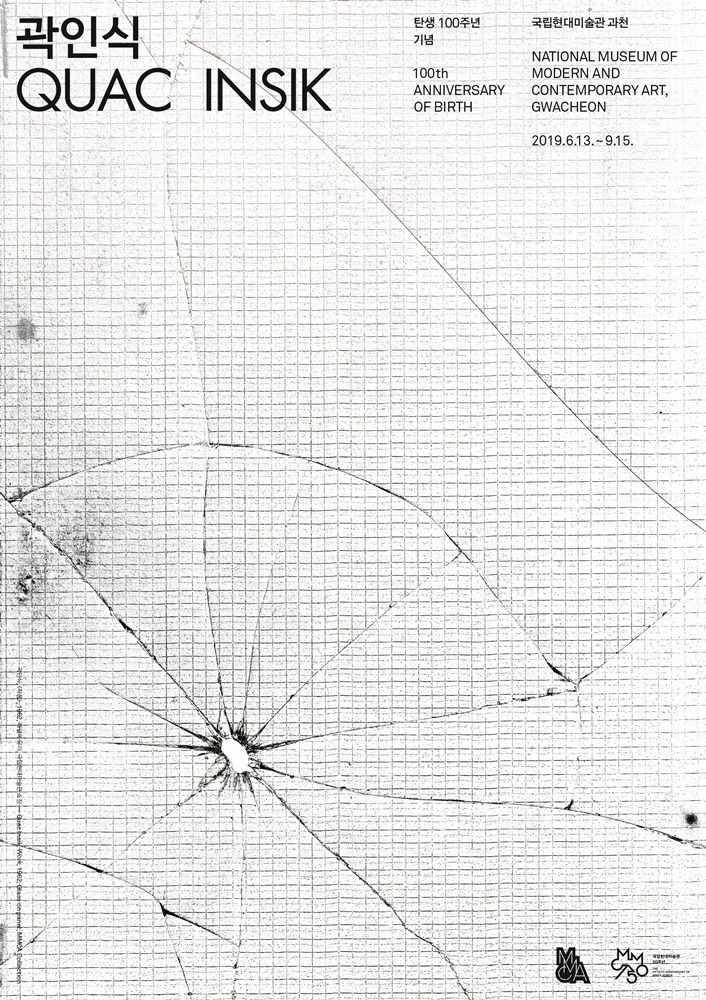
| Period| | 2019.06.13 - 2019.09.15 |
|---|---|
| Operating hours| | 10:00 ~ 18:00 |
| Space| | National Museum of Modern and Contemporary Art in Gwacheon |
| Address| | 313, Gwangmyeong-ro, Gwacheon-si, Gyeonggi-do, Republic of Korea |
| Closed| | January 1st, Monday |
| Price| | |
| Phone| | 02-2188-6000 |
| Web site| | 홈페이지 바로가기 |
| Artist| |
|
정보수정요청



|
|
Exhibition Information
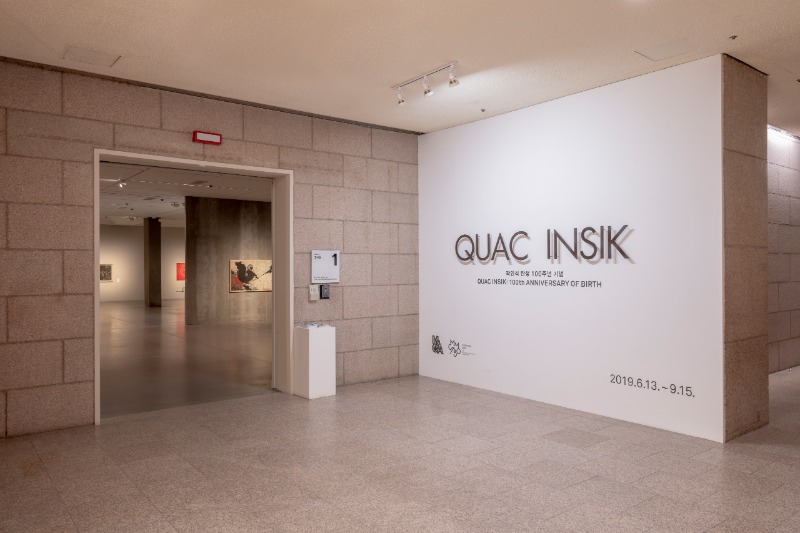
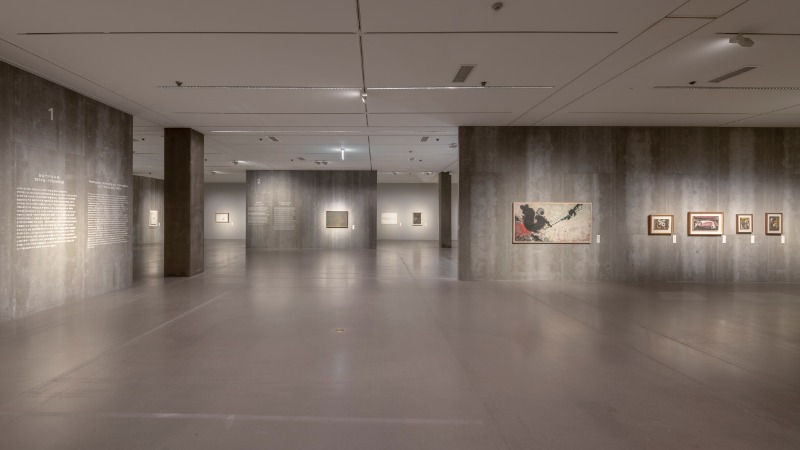
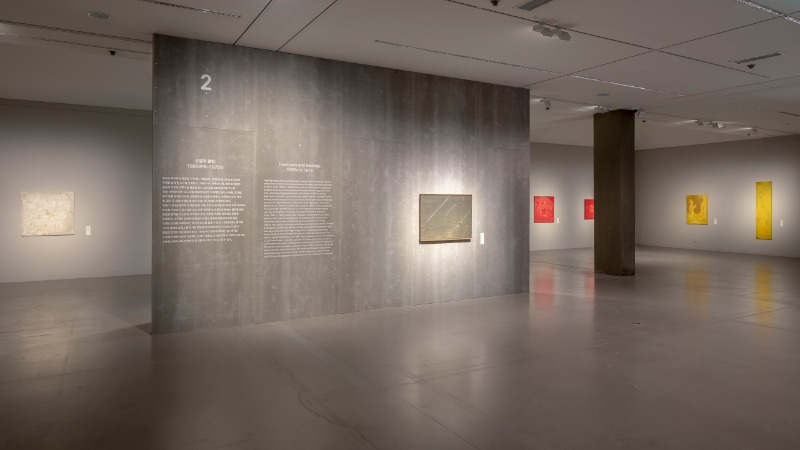
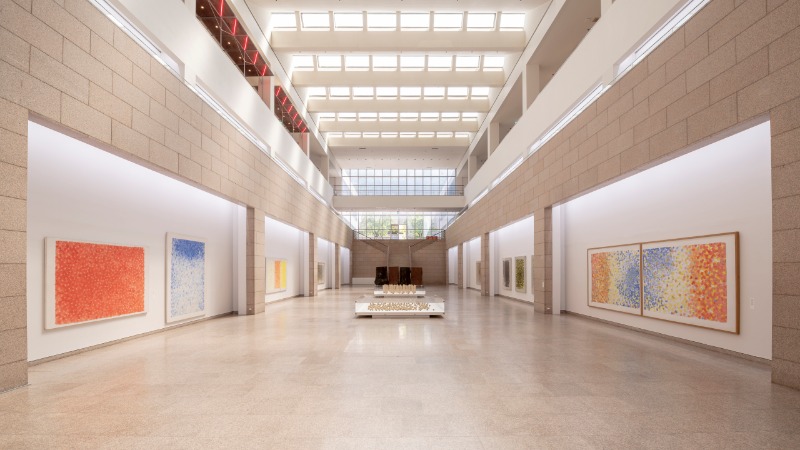
The National Museum of Modern and Contemporary Art (MCA, director of the museum, Yoon Beom-mo) will hold a exhibition on the awareness of the site from June 13 to September 15 at Gwacheon National Museum of Modern and Contemporary Art. Gwak In-sik (1919-1988) is a writer who focused on the Japanese art world, and despite the pioneering work world that explored the sources of things and nature, his artistic achievements have not been properly introduced. Marking the 100th anniversary of Kwak In-sik's birth, the exhibition is a massive retrospective showing some 100 works by Kwak In-sik, who is based in Korea and Japan, as well as 100 undisclosed materials. Kwak In-sik was born in 1919 in Dalseong-gun, North Gyeongsang Province, and graduated from the Japanese Academy of Art in 1937. After returning to Korea in 1942, he held his first individual exhibition in Daegu and moved back to Japan in 1949 to hold about 50 individual exhibitions, focusing on his work. Experiments in various materials, such as glass, brass and paper, showed work that went ahead of the time. Regarding the "materiality" of modern art, the Western world evaluated "arte pubera" in the late 1960s and Japan's "School of Things" in the 1970s as co-ordinating with international trends, which Kwak's work was way ahead of that. Kwak In-sik has explored matter since the early 1960s, paying attention to the fundamental forms of things and nature, "dots, lines and circles," and directly and indirectly influenced writers who drove the monoha in the 1970s. The exhibition looks at Kwak's world of work divided into three periods from the late 1930s to the end of the 1980s. The first" Real Recognition and Exploration (1937-1950s)" introduces Kwak In-sik's early works, "The Man (Man)" (1937) and "Modern Girl" (1939), as well as "Picture 1955) (1955)," a surrealist trend reflecting Japan's unstable reality after the defeat. The second "Crack and Suturing (1960-1975)" features a variety of works that Kwak In-sik has explored in earnest the nature of objects. From monochrome painting, which shows the thick texture of plaster applied to primary colors, the artist attached objects such as goggles, wire, glass bottles and light bulbs to the canvas, and then proceeded to focus on materials such as glass, brass, iron and paper. In particular, the museum will showcase works that show indelible traces by attaching broken glass that became a watershed in the performance of Kwak In-sik (1961-63). This work reflects the author's attitude and determination to overcome the period's difficulties of confrontation and division of the left and right (though the writer has mainly worked in Japan) with a 'crack' and to overcome them with a 'sealing'. In fact, Kwak In-sik also took the lead in inter-Korean unification activities during this period. He participated in the Cultural Festival for the Promotion of Inter-Korean Cultural Exchange (1961) for Peaceful Reunification of Korea and organized the Joint Art Exhibition (1961), which was joined by the Association of Korean Residents in Japan and an association of artists affiliated with the Korean Residents' Union in Japan. In 1969, the paper was carefully cut in the form of a "circle," when the paper's "circle" was presented in its own material, not in plane or sculpture. The third "From object to surface" (1976-1988) introduces the use of food for stone, pottery, wood and paper. Since 1976, the author shows human acts and attempts to unite natural objects by splitting stones from the river and again pasting them with natural stones or making clay that left a handprint, and painting again on the surface of trees that will be eaten by burning wood. In the latter phase, the paper is stamped with a brush with innumerable colors to form a sense of space on the surface of the paper. In this exhibition, 48 pieces were restored after six months of preservation processing by excavating works that had been neglected for a long time after the artist's. It also shows the evaluation of Kwak's work and its association with the Korean art community through interviews videos by critics and artists, including Yoojo Ueda, who was Kwak In-sik's assistant, and Choi Jae-eun, who is a junior writer, and Park Seo-bo, Kim Goo-rim, Kwak Hoon and Kim Bok-young. At the academic symposium in early August, which will be held in conjunction with the exhibition, four researchers from Korea, including Oh Kwang-soo (director of the Museum of Art), Kim Hyun-sook (art history), Hitoshi Yamamura (deputy director of the Tokyo Museum of Art), and Chiba Shigeo (art critic) will discuss the world of Kwak In-sik's work in depth. The retrospective, which will be held to commemorate the 100th anniversary of the writer's birth, is an opportunity to give a comprehensive look at how "materiality" explored by Kwak In-sik was expressed and developed ahead of the era, said Yoon Beom-mo, head of the National Museum of Contemporary Art, Korea.
